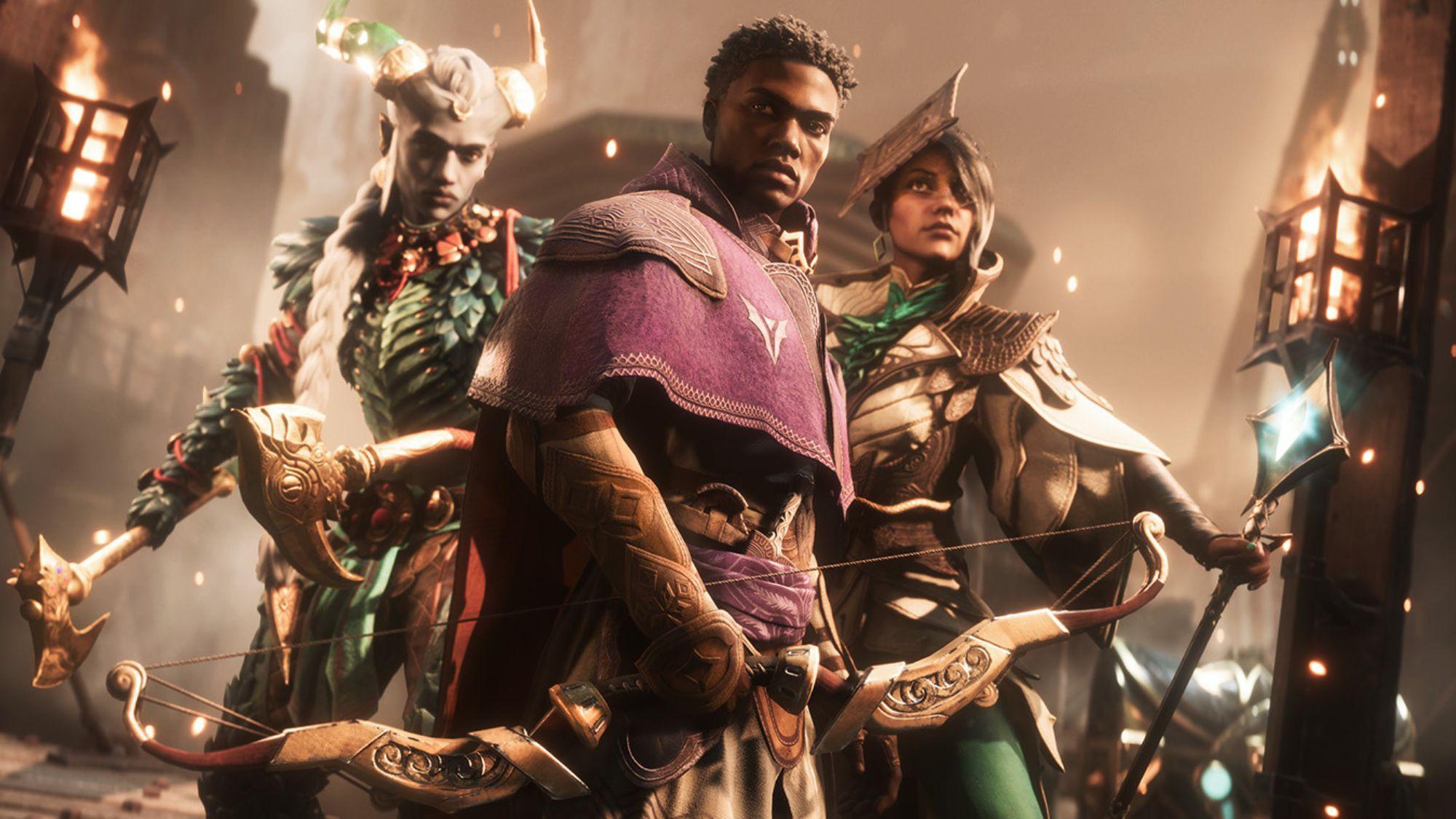Dragon Age has long been celebrated for its immersive and strategic combat mechanics. With its tactical camera, players could zoom out and meticulously plan their every move, coordinating their party members for optimal effectiveness against formidable foes. This feature provided a depth of gameplay that allowed strategic thinkers to truly shine. However, the newest installment in the franchise, Dragon Age: The Veilguard, has stirred up some controversy by removing the tactical camera and restricting control over companions. But does this decision truly hinder the overall experience or does it open up new possibilities?
Firstly, it’s important to understand that the removal of the tactical camera does not mean the combat in Dragon Age: The Veilguard is now mindless button-mashing. Bioware, the game’s developer, has made considerable adjustments to compensate for the lack of the tactical camera. The combat has been re-designed to be more action-focused, with an emphasis on real-time decision-making instead of meticulous planning. This change allows for a more fluid and fast-paced gameplay experience, keeping players on their toes and demanding split-second strategizing.
Furthermore, the decision to limit control over companions can also be seen as a deliberate design choice aimed at enhancing narrative and character development. By relinquishing control over companions, Bioware aims to make their personalities, decisions, and contributions more prominent. This approach allows players to focus on their own character’s development and interaction with the world, steering the narrative in a more personal and engaging direction. Rather than being weighed down by constantly micro-managing their companions, players can build deeper relationships with them, understanding their unique strengths and weaknesses from a more subjective perspective.
While some may argue that these changes detract from the core essence of Dragon Age, it is crucial to acknowledge that franchises do evolve over time. Developers must take risks and experiment with new ideas to keep the series fresh and appealing to a wide audience. The removal of the tactical camera and limited control over companions in Dragon Age: The Veilguard can be seen as an attempt to cater to the changing demands and expectations of modern gamers.
Additionally, these changes may attract a new demographic of players who are more drawn to action-oriented gameplay rather than tactical mechanics. By adapting the combat system to be more streamlined, Bioware is broadening the game’s appeal and potentially gaining a larger and more diverse fanbase. This evolution is crucial for the long-term success of the franchise, as it ensures its continued relevance in an ever-evolving gaming landscape.
Dragon Age: The Veilguard’s removal of the tactical camera and restriction of control over companions may initially seem like controversial decisions. However, upon closer examination, it becomes clear that these changes offer an opportunity for a fresh, action-oriented gameplay experience, as well as an immersive narrative journey. While it’s understandable that some loyal fans may long for the strategic depth of previous titles, it is important to embrace the willingness of developers to take risks and evolve their games. Dragon Age: The Veilguard represents another exciting chapter in the franchise’s ongoing evolution, breathing new life into the beloved series.

